Journey to the Past: Behind the Scenes of Historic Richmond Town’s Research Library
by Communications & Marketing Intern Olivia Medina
Historic Richmond Town is a site where people can come and immerse themselves in the past. In addition, research is conducted onsite and is accessible to the public. Do you have a burning question about your local Staten Island ancestry but can’t find answers? Ever wonder how and where history museums get their information? I had the pleasure of sitting down with our Collections Manager, Carli DeFillo, and Research Coordinator, Carlotta DeFillo, to discuss the research process at Historic Richmond Town, and I am excited to share my experience with readers.
Q: How do people make research requests? Who is allowed to make research requests?
A: Anybody! Go to the research request page on our website to find the research request form, provide your contact info, and tell us what you’re looking for. Carlotta will look into your request and get back to you about how we may be able to help. Research sessions are $30 for the first hour and $10/hour for additional time. For members, the first hour is free. People can also make an appointment to come and do their own in-person research for the same fee.
Q: What does the research process entail?
A: Depends on the question. For some inquiries, it is important to look at official records, which can sometimes be a challenge because written records can be difficult to discern depending on the author’s penmanship. Then, other information that can be important, but which was not directly recorded, needs to be looked at from a different perspective. For example, since written records before a specific time period were mainly kept about white men who ran businesses and/or owned property, research involving people of minority backgrounds or women can be challenging. So, instead, we can turn to photographs, which can be good sources of information. For example, a school photo of students at P.S. 28 provided an opening for research on the Sullivans, a local Black family who lived in Richmond Town in the early 1900s. We had no other records pertaining to them in our collection, but the names of the two of their children who attended the school were written down on the back of the photo. Using that information, we were able to uncover more details about their story, such as the names of their other siblings, their parents, and their father’s occupation as a painter. With every new detail we uncover, the narrative changes before our eyes!
Q: What do you do when you get stuck in the research process?
A: When we run out of the usual types of research "clues," sometimes we can dig into questions from another angle. If someone submits a question about a particular person from their family history, we may be able to find out more by looking for records that relate to another family member, or the town they lived in, or the business they worked for. Sometimes clues don't turn up right away but turn up later in a search that might seem unrelated. Another researcher may ask about a local club, and we may find his name on a list of members. Sometimes items are added to the collection that turn out to shed light on a previous researcher's question, and sometimes researchers bring us new information and connections. From time to time, someone contacts us because they found an image on our Online Collections Database that they recognize. We have had people identify their grandparents in photos in our collection, add information about a business's place in the community, and even, for example, connect photos in our collection to an interesting late-19th century trend for young women to form military-style drill groups. As we continue to add items to our collection and work to research, catalog, digitize, and share the items currently in our collection, more and more information comes to light, and more and more connections can be made. All of this helps to turn up new clues, and sometimes new answers!
Q: Do you have any advice for ordinary people who are interested in getting into history research?
A: Research can sound intimidating, but it's a matter of exploring, and there are many ways to interpret a question. Researching on ancestry.com is accessible for family members who did not leave papers behind. Also, finding information from old family photos can be very useful. Early business directories, telephone directories and even Bible records can provide valuable information. Families would often pass down bibles with information such as birthdays, marriage, and deaths dates. It is often a fascinating experience for the public to physically come into our library to look at various records themselves, because you may be able to identify sources differently than our researchers. You may have a more meaningful experience in person and find what you are looking for! In addition, online resources such as the Research and Library page on our website can be helpful. At Historic Richmond Town, we are always happy to hear from the public, arrange an appointment, and help you on your way to an answer.




